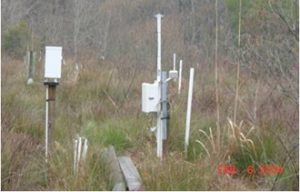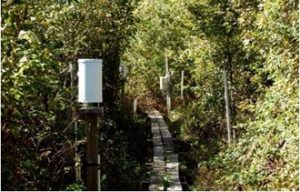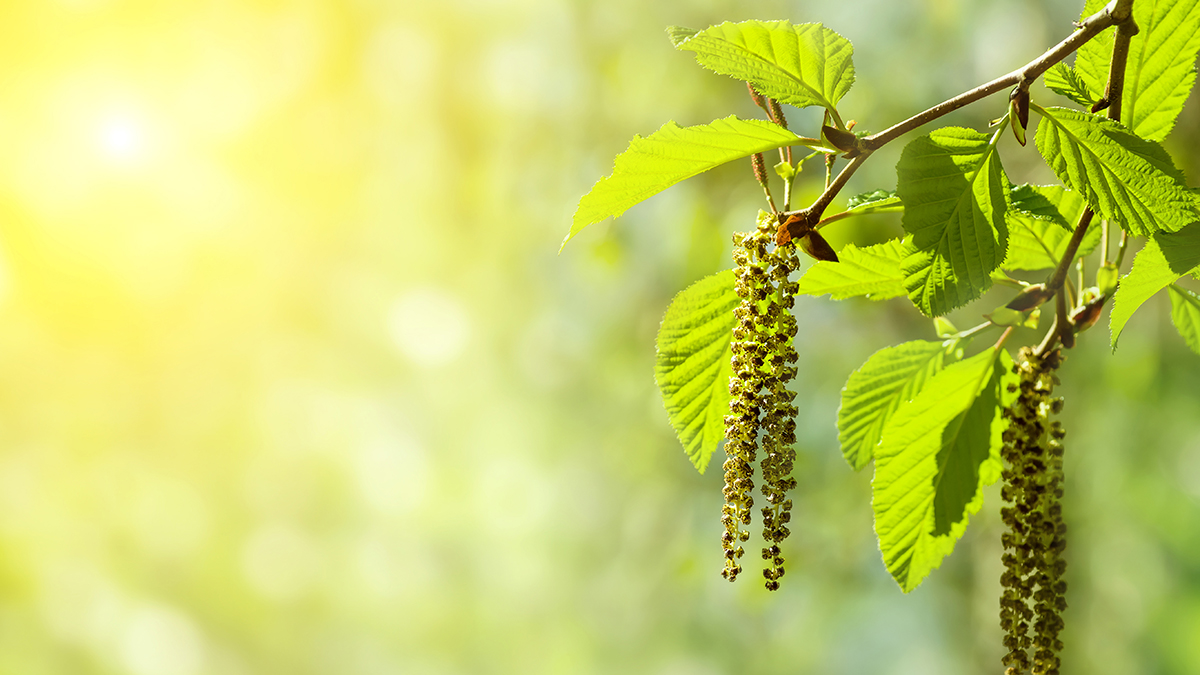Chronology of vegetative dynamics in an impounded wetland following demise of a beaver dam
The main pond in the Talladega wetland was in existence from the 1940s until 1996. Clear zonation of plants existed as a response to water depth and hydroperiod. In April 1995, and again in February 1996, the beaver dam impounding the main TWE pond collapsed, leaving sediments and woody debris exposed.
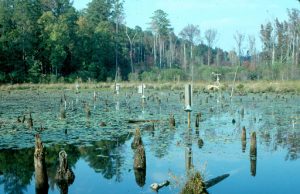
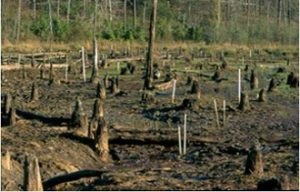
After one attempt at reconstruction of the dam in August 1995 (by both beaver and researchers), beaver abandoned the area. Within one year after the last dam failure (1997) a meadow of Juncus effusus covered the entire pond area. Soils dried slowly, but within three years Alnus serrulata colonized the former pond area from source areas up-gradient in the wetland.
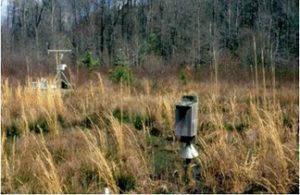
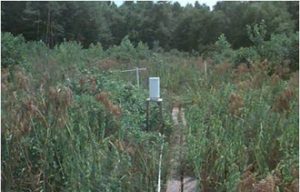
Throughout the 2000s, alder continued to expand its distribution in the abandoned pond. By 2008 other hardwoods began to over-top the early arriving alder, causing thinning and decline in the northern portion of the former pond. Aerial photographs of vegetative cover in April 1996 and April 2009 illustrate the change.
